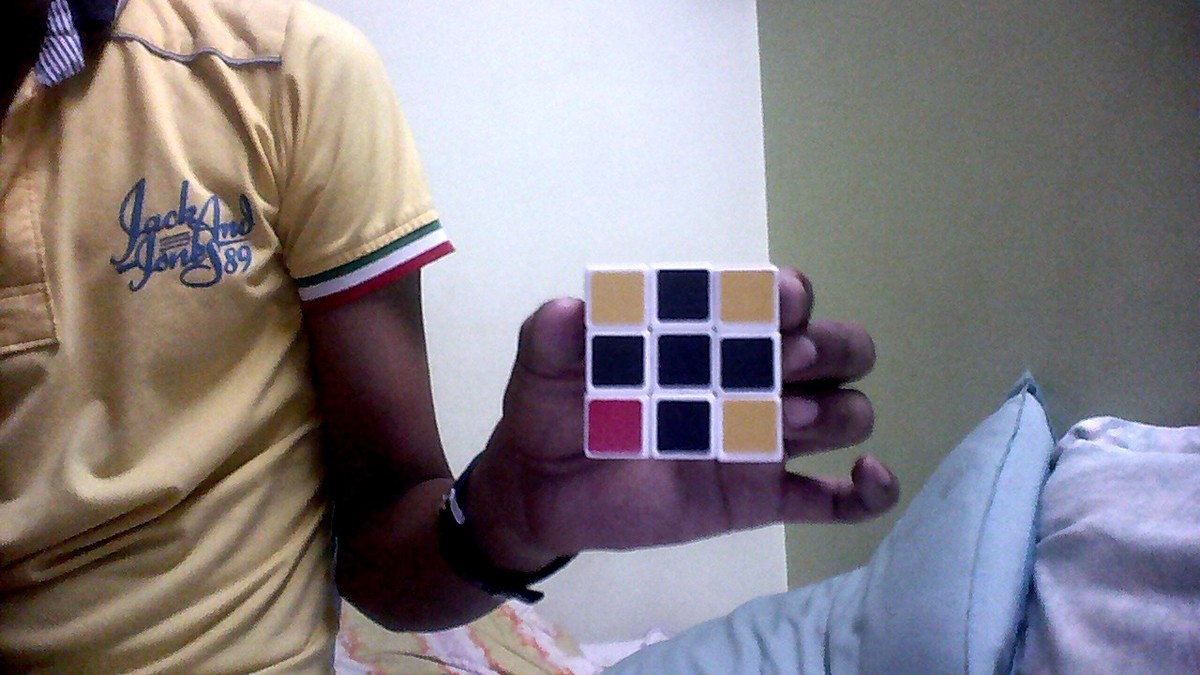Rubik's Cube

what is the minimum number of moves required to form the the cross as shown in the figure (black cross) ? one move means one 90° rotation according to me it is 4 but i want other's answer also ??
No vote yet
1 vote
Easy Math Editor
This discussion board is a place to discuss our Daily Challenges and the math and science related to those challenges. Explanations are more than just a solution — they should explain the steps and thinking strategies that you used to obtain the solution. Comments should further the discussion of math and science.
When posting on Brilliant:
*italics*or_italics_**bold**or__bold__paragraph 1
paragraph 2
[example link](https://brilliant.org)> This is a quote# I indented these lines # 4 spaces, and now they show # up as a code block. print "hello world"\(...\)or\[...\]to ensure proper formatting.2 \times 32^{34}a_{i-1}\frac{2}{3}\sqrt{2}\sum_{i=1}^3\sin \theta\boxed{123}Comments
i think that you mean minimum number of moves in any permutation required to form a cross shown above .. if one move is 90 i think it is going to be 5 or 6 . a good problem let's try to find out what should be no of moves . as we can see the other colours do not matter it is going to be less tedious .
I've managed to do it in 5 moves, if you count m moves as one move.
it will take one move for each non uniform coloured square
1 move for the cross. Most crosses are about 6 - 8 moves. One move is a 90 degree or 180 degree rotation, by definition. If you practice the time should be about 3 seconds to make the cross. I can solve the whole cube in 30 seconds, and my average amount of moves for the whole cube (in case you want to know) is about 50 - 60.
Log in to reply
which method do u use ?
If you start with cross, then technically it takes zero moves.